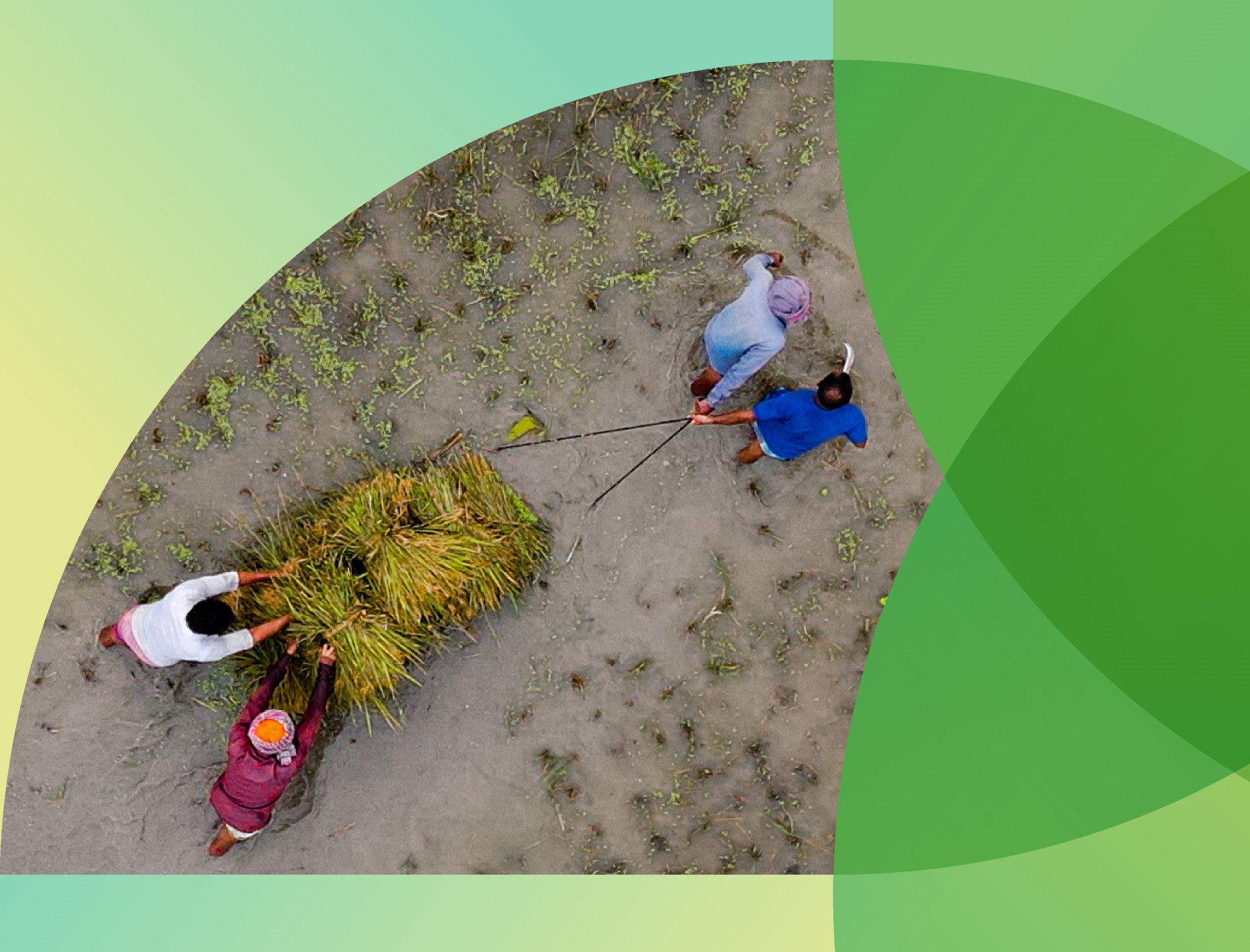From Concepts to Action: Defining & Measuring Climate Adaptation
The second Climate Adaptation Learning Network brought together development practitioners and researchers for presentations and discussions on the topic of defining and measuring climate adaptation. Representatives from different organisations presented the indicators they use in their results frameworks and Jon Einar Flåtnes from CMI gave an overview of how climate adaptation is measured in economics research with a focus on smallholder farmers in agriculture.
What is Measured in Results Frameworks?
Representatives from Save the Children, ADRA Norway, Development Fund, Caritas, Norwegian Church Aid, Norges Vel and Salvation Army shared the types of indicators they track in their climate adaptation work, including:
- Climate-resilient agriculture: e.g., number of schools with food gardens or farmers using climate-smart technologies.
- Training and capacity building: e.g., individuals trained in sustainable farming or climate-resilient livelihoods.
- Community-based initiatives: e.g., the number of communities conducting vulnerability assessments or implementing action plans.
- Access to climate-related services: e.g., early warning systems, financial services, or meteorological information.
- Sustainable land and water use: e.g., the area of land managed using improved practices.
- Resilience and adaptive capacity measured at various levels – from individuals to communities – often using perception-based tools.
Participants also considered how data is collected – whether through what people report or direct observation – and how to best capture changes that may not be immediately visible, such as improved preparedness or the avoidance of negative outcomes.
How Is Climate Adaptation Measured in Research?
Jon Einar Flåtnes, Senior Researcher at CMI presented on how climate adaptation is conceptualised and measured in economics research, focusing on the perspective of smallholder farmers in the Global South. Topics covered included:
- A conceptual framework for climate adaptation, where concepts such as shocks, risk, absorptive and adaptive capacity, vulnerability, resilience, coping strategies, and livelihood outcomes, among others, were defined and linked together.
- Definitions and measurement of key climate adaptation indicators, including subjective risk perceptions, adoption of climate-smart technologies, crop diversification, agricultural income, food security, livestock, and resilience.
- Key measurement challenges include recall bias, short vs. long recall periods, eliciting hypothetical vs. real behaviour as well as the general difficulty of measuring complex concepts such as resilience.
Sharing Experiences and Navigating Challenges
The presentations were followed by a plenary discussion, where participants shared their experiences with using different indicators, data collection methods, and the challenges they faced, along with approaches to address them. Limitations of various data collection methods were also discussed.
The discussion emphasised the multifaceted nature of climate adaptation and how different methodological approaches can lead to varying results.
Several common challenges emerged, including inconsistent data collection, limited access to digital tools, the difficulty of capturing long-term or intangible outcomes, and the need to integrate local knowledge into technical frameworks.
The meeting highlighted the value of learning from each other’s approaches, providing space for participants to exchange experiences, reflect on effective practices, and strengthen shared understanding around the measurement of climate adaptation.
